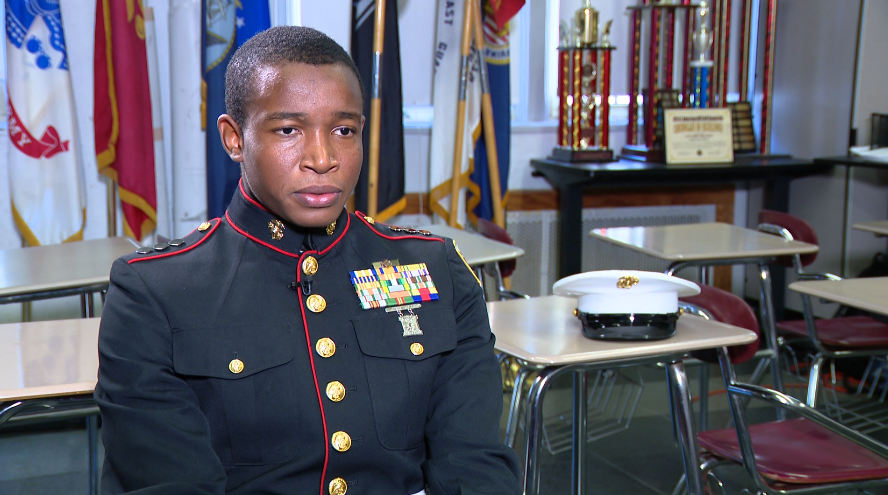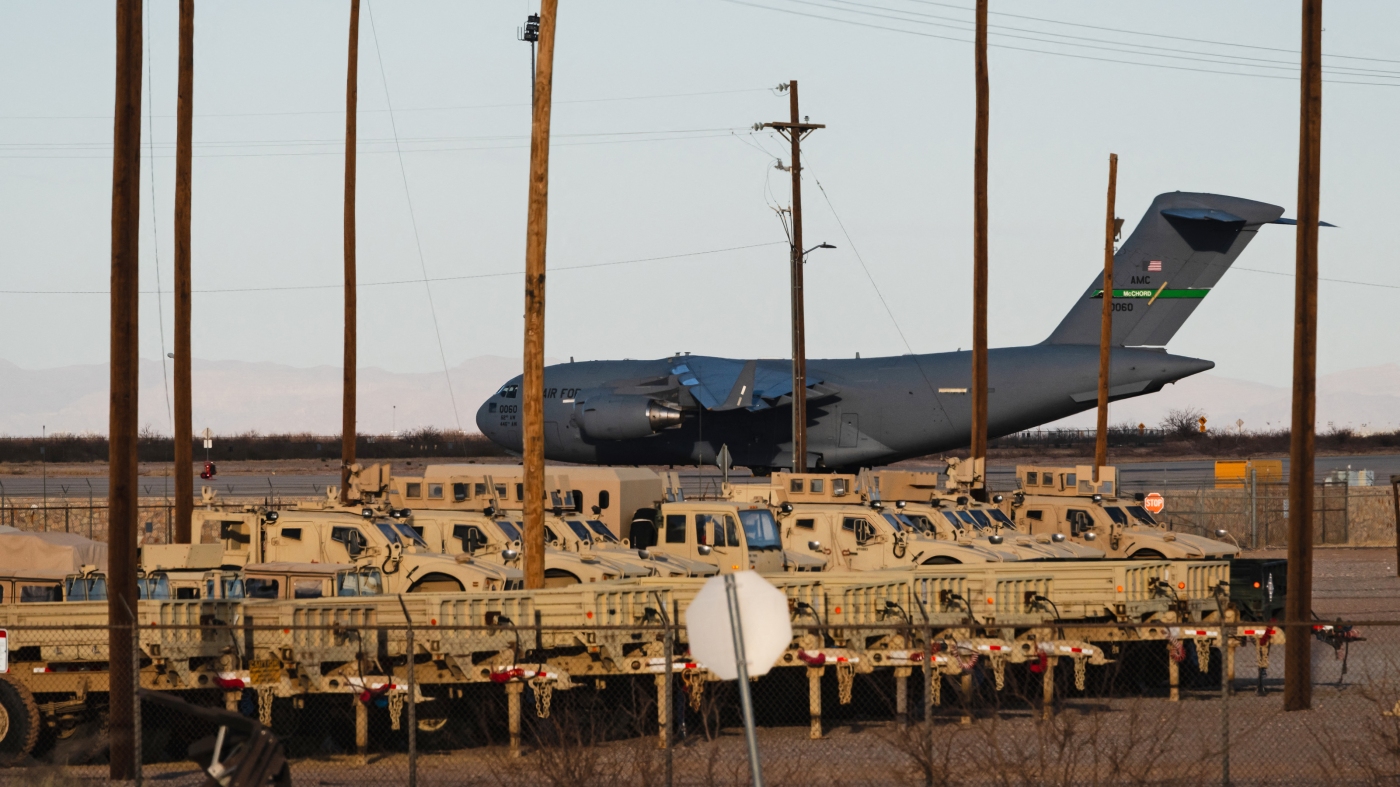C-17 Globemaster III: Revolutionizing Airlift with STOL Capabilities

The C-17 Globemaster III has established itself as one of the most versatile transport aircraft in the history of the United States Air Force (USAF). Its ability to perform short takeoff and landing (STOL) operations enables it to provide crucial airlift capabilities near battlefields, humanitarian missions, and peacekeeping efforts. This remarkable aircraft can operate from austere airfields in remote locations, making it a vital asset in various operations.
Development of the C-17
The journey of the C-17 began with the U.S. Department of Defense launching the Cargo-Experimental (C-X) program in December 1979. The initiative sought to develop a new strategic airlift aircraft that would be jet-powered and capable of accommodating large volumes of cargo, including tracked and wheeled vehicles. The requirements also included the ability to airdrop troops and cargo directly into combat zones.
Initially, McDonnell Douglas developed a prototype called the YC-15 as part of the Advanced Medium STOL Transport (AMST) competition, aimed at replacing the Lockheed C-130. Although the AMST competition was cancelled, the design of the YC-15 was adapted into a larger aircraft with swept wings and more powerful engines for the C-X program, which aimed to replace the aging Lockheed C-141 Starlifter.
By August 1981, McDonnell Douglas was selected to produce the C-17, which eventually became known as the C-17A Globemaster III. The name “Globemaster” has historical significance, shared with previous cargo aircraft like the Douglas C-74 and C-124. Development faced challenges, including delays and cost overruns, but the first flight took place on September 15, 1991, at McDonnell Douglas’ facility in Long Beach, California. Extensive testing followed at Edwards Air Force Base.
Despite initial setbacks, including redesigns due to static wing testing issues in 1992, most challenges were resolved by September 1995. The first operational squadron was declared ready in January of that year. In 1997, a merger with Boeing led to increased orders for the aircraft, ultimately resulting in the USAF ordering a total of 224 C-17s. The aircraft has also been acquired by several other nations, including Australia, Canada, India, and the United Kingdom.
C-17 Roles and Specifications
The C-17 performs a variety of roles, primarily functioning as a strategic airlift aircraft. Its cargo compartment can carry up to 170,900 pounds, accommodating a wide range of military equipment and personnel. This includes up to eighteen fully loaded 88” x 108” pallets, a single M-1 Abrams main battle tank, or three AH-64 Apache attack helicopters. The aircraft can also transport over one hundred troops or 48 litter patients along with additional ambulatory patients, with various combinations possible.
The C-17 features a large rear door that doubles as a ramp, facilitating cargo loading and unloading. Its cargo floor can be adjusted between a solid surface and rollerized conveyors for efficient handling. The aircraft’s airdrop capability allows for the deployment of both fully-equipped paratroopers and cargo.
The C-17 is crewed by a pilot, co-pilot, and loadmaster. It measures 174 feet in length, 55 feet in height, and has a wingspan of 169 feet 10 inches. Its power comes from four Pratt & Whitney F117-PW-100 turbofan engines, each generating 44,400 pounds of thrust. These engines are equipped with thrust reversers that help mitigate the risk of ingesting runway debris and enhance backward movement on the ground. The aircraft can achieve a maximum speed of 570 mph and has a service ceiling of 45,000 feet. With inflight refueling capabilities, the C-17 can theoretically operate with an unlimited range.
The C-17 is noted for its impressive STOL performance, setting a total of 33 world records during initial flight testing. A significant achievement includes a record where a C-17 took off with a 44,000-pound payload in under 1,400 feet and landed within the same distance. Standard runway requirements for the C-17 are at least 3,000 feet in length and 90 feet in width.
The aircraft employs a “powered lift” system, enhancing its ability to perform steep approaches and landings with heavy loads. This system directs engine exhaust through slotted flaps, augmenting lift during critical phases of flight. Additionally, the C-17’s rugged landing gear and three-point star turn capability enable it to maneuver in tight spaces, allowing it to operate from various locations around the world.
In summary, the C-17 Globemaster III exemplifies cutting-edge engineering in military aviation, making it an indispensable asset for the USAF and its allies. Its ability to fulfill a multitude of roles while maintaining exceptional performance under challenging conditions highlights its significance in modern airlift operations.






